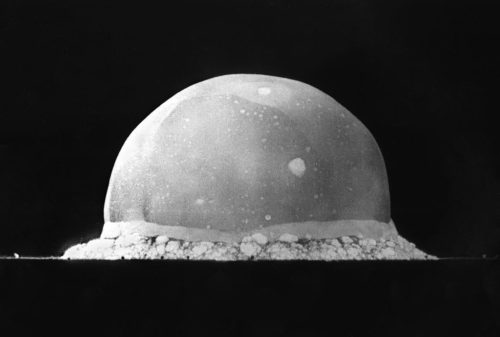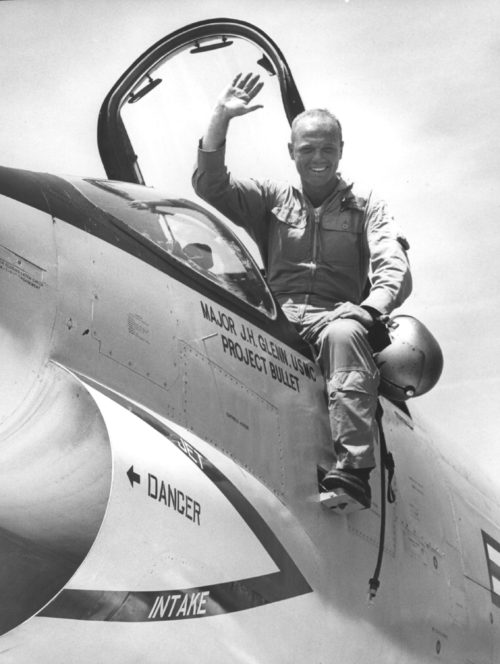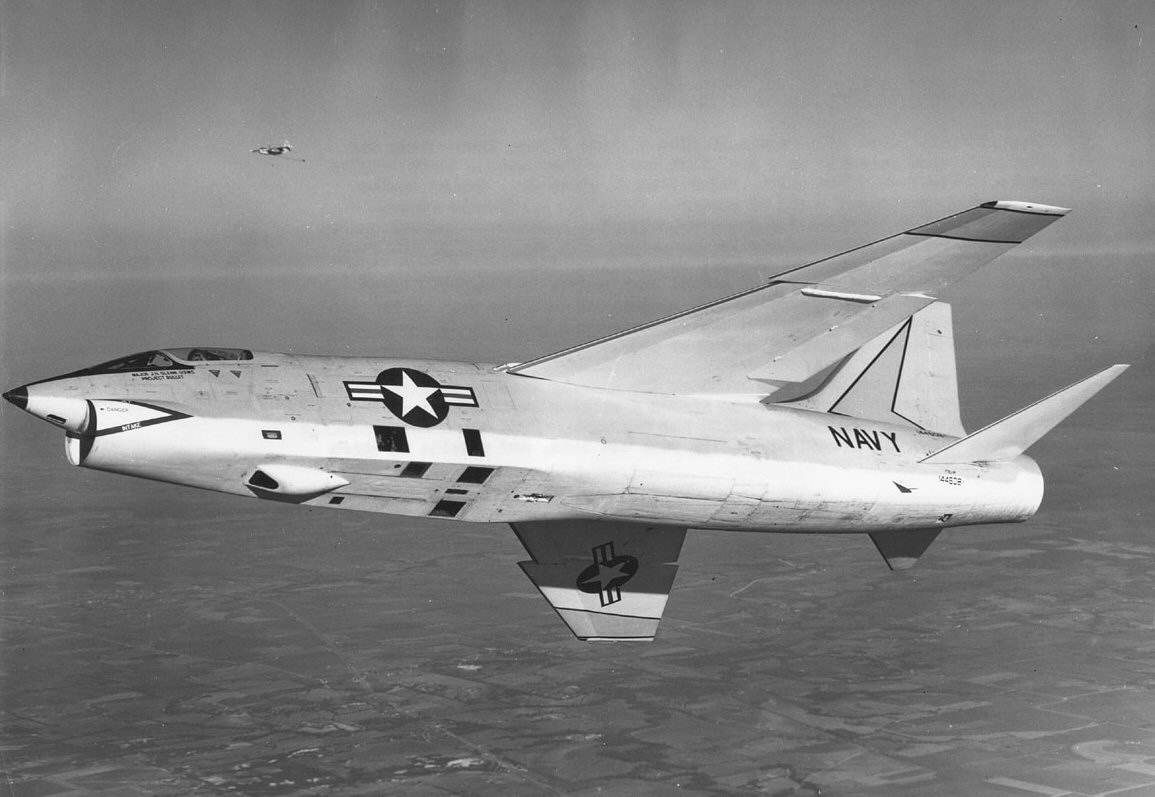July 16 in U.S. military history
1861: Brig. Gen. Irvin McDowell’s 35,000-man army departs Washington, D.C., marching to meet Gen. P.G.T. Beauregard’s Confederate force assembled along Bull Run some 25 miles away. Just weeks ago, McDowell was a major and now leads the largest field army assembled in North America to that point.
1945: (featured image) The atomic age dawns when man’s first nuclear weapon is tested at Alamogordo Air Base, N.M. (present-day White Sands Missile Range). The shock wave from the 19-kiloton device, nicknamed “Gadget,” could be felt 100 miles away and the mushroom cloud reached over six miles in the air.

Within hours of the Trinity test, the cruiser USS Indianapolis (CA-35) departs San Francisco on a top-secret mission. The un-escorted cruiser sprints across the Pacific at a record-setting pace, bound for Tinian. On board is the uranium and parts for the “Little Boy” weapon that will level Hiroshima on August 6.
1950: 30 critically wounded soldiers of the 19th Infantry Regiment, along with a medic and Chaplain Herman G. Felhoelter are cut off from escape by a North Korean roadblock. When the communist soldiers discover the unarmed men, Felhoelter orders the medic to escape and prays over the wounded until all remaining Americans are cut down by enemy machineguns.
1957: Six years before becoming the first American to orbit the earth, Marine Corps major John Glenn streaks across the country on the first supersonic transcontinental flight. Glenn, a combat veteran of both World War II and Korea, pilots his F8U-1 Crusader jet (featured image) from California to New York in a record-setting 3 hours and 22 minutes. He averaged 725.55 mph, despite having to slow down for three mid-air refueling contacts with propeller-driven AJ-2 Savage tankers.

1969: Millions of Americans tune in to watch the Saturn V rocket carrying Apollo 11 astronauts Neil Armstrong (USN), Michael Collins (USAF), and “Buzz” Aldrin (also USAF) blast off from Kennedy Space Center on the first-ever mission to the moon’s surface. The Apollo 11 crew orbit the earth one-and-a-half times before firing their rockets on a course for the moon that will take them three days.
